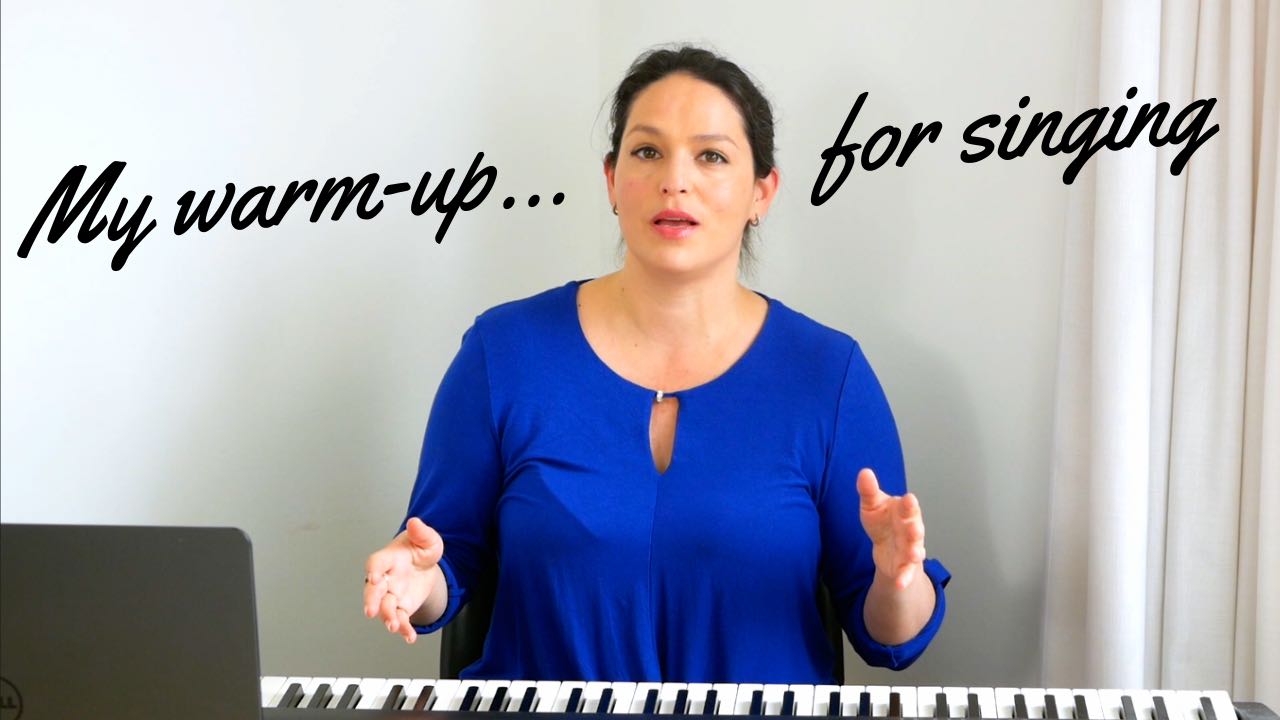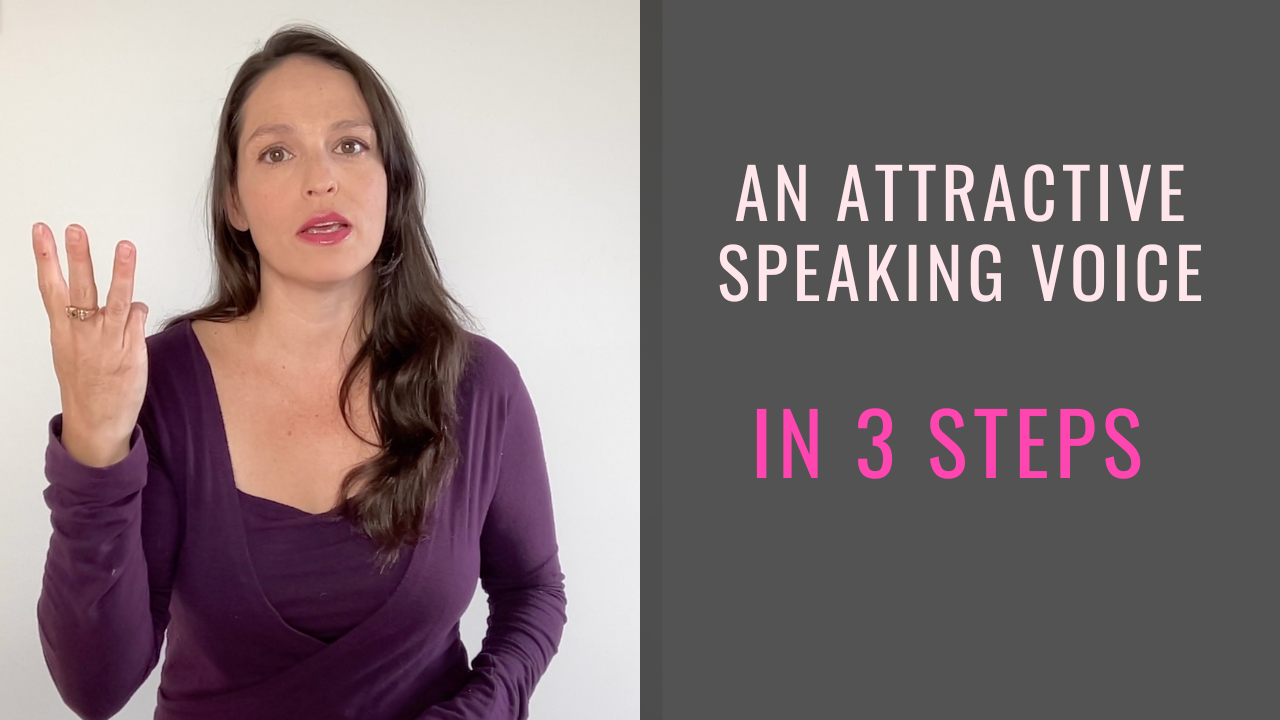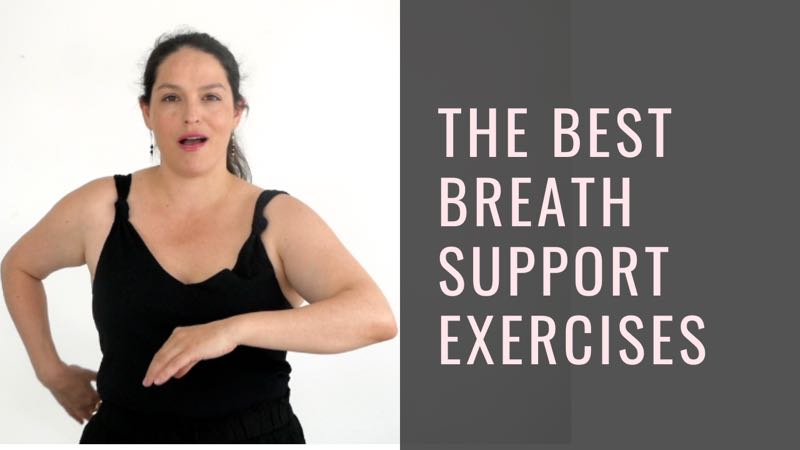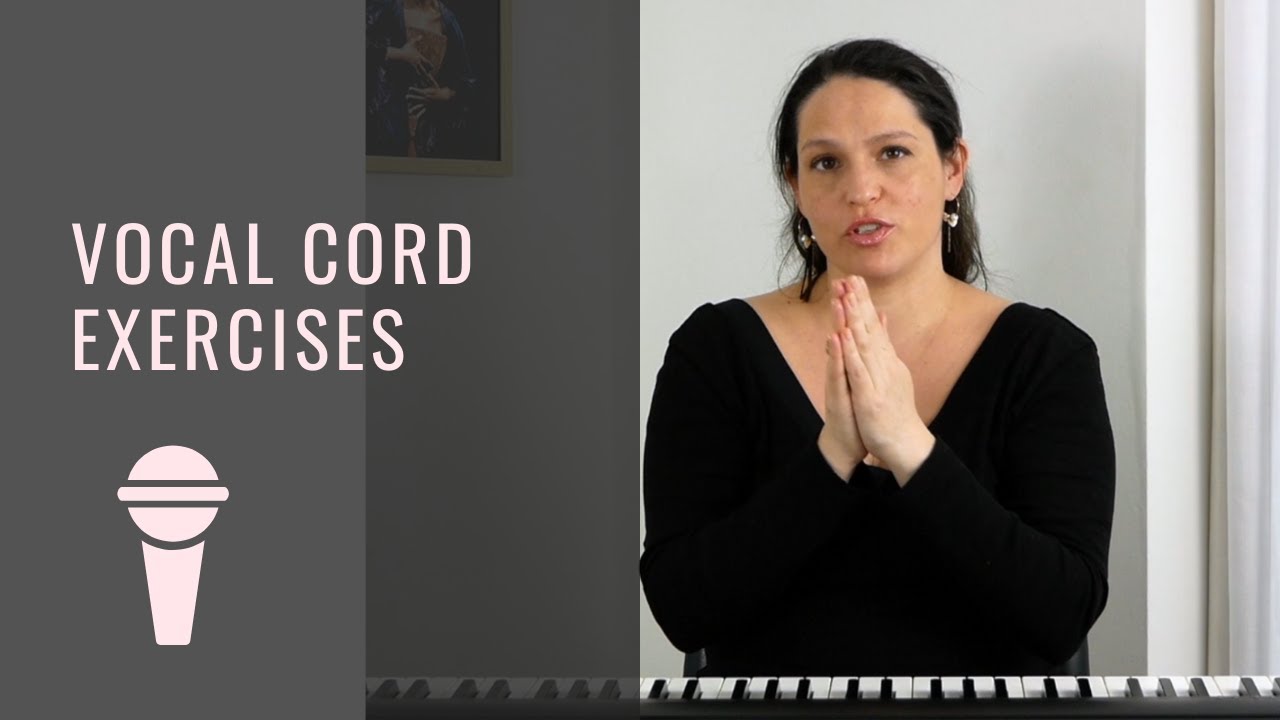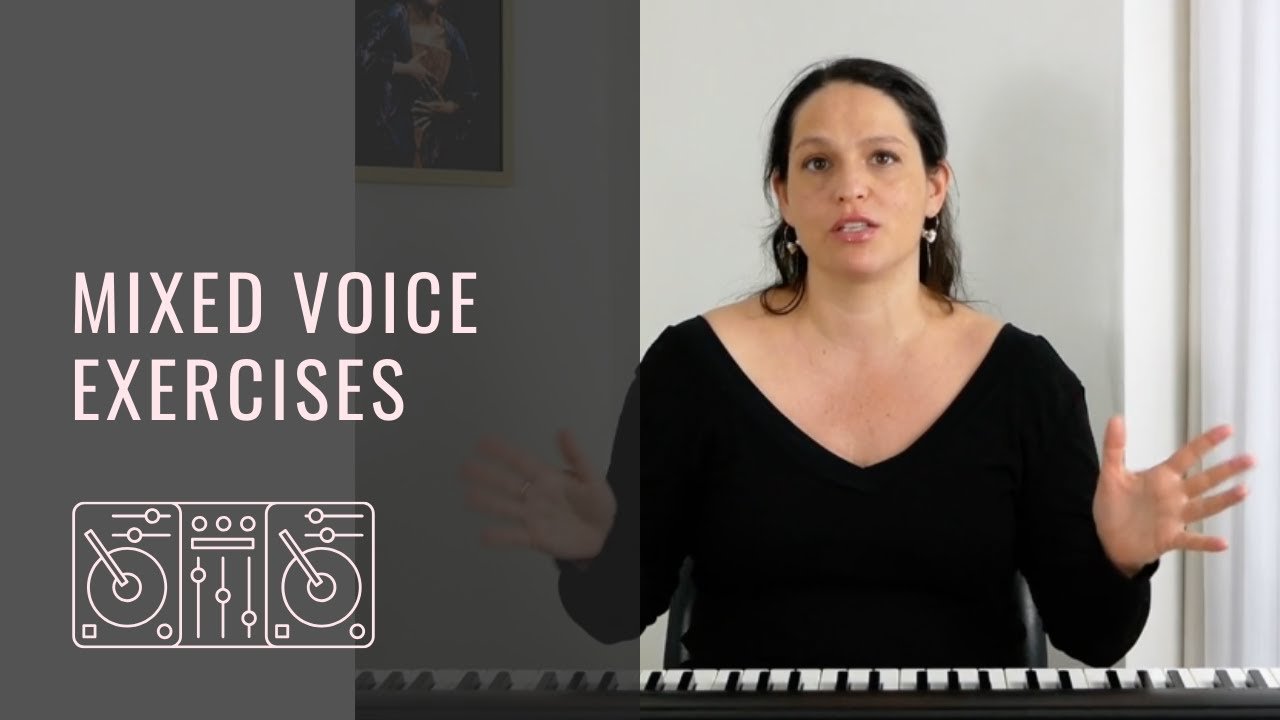If you're into pop and rock style singing, you are wondering how those singers belt those high notes so clear, strong and just blow your mind. Belting means to basically take the chest voice quality up to the higher notes.
I don’t like “pretty singing”. That is just a way for most of us to make extra effort and get a less satisfying sound. But if you learn to incorporate your chest voice function, which is what we will learn here today, you will get a more powerful sound with less effort.
And here is the scoop: taking the chest voice function to high notes - that’s belting! The more of it you do, the more “belty” the sound will be. It will have more volume and resemble a more poppy/rocky sound.
Belting = extreme version of speaking voice
Well, this will sound too simple to be true. The way there might not be simple, though: All good singers use an extreme version of their speaking voice (with some twang in it, as in a squeaky quality) on the high notes, and don’t try to “coat it” with extra air, or try to make it sound pretty.
They keep it raw, very speaky and almost ugly (actually inside one’s head it may very well sound ugly. If it happens to you - you are on the right track!). Then they also use their badass face.
How good singers don’t belt:
- They don’t try to make a big sound
- They don’t push the sound out (Xtina says otherwise, but I don’t buy it).
- They don’t use extra air.
Here is how to get a good, chesty, belting sound, knock yourself out!
1. Belting exercise: Tarzan
0:30 in the above video. First things first. The chest cavity: that's a space in which you want to feel vibrations. Mostly in the upper chest. Start by tapping there with a flat hand, or bang on it with your fist. Make noises - no loud noises - but feel the boom box you have there. Now we'll do the exercise bam bam bam 1-2-3-2-1 while tapping. Did you feel some relaxation happening in your neck/jaw/shoulders? That would be great, as it will give you more access to this resonance.
Not sure? Look in the mirror and do what I call chin-to-chest: make sure that your chin is not pointing forward, which would result in a crooked neck. The chin should be pointing towards the chest - but not the whole head! Just the chin.
As you go up, at a certain point your voice will want to change to a softer quality. If that happens, and you want to keep the chest quality, tap your chest and make sure you SAY bam-bam-bam on the note.
After doing this exercise a few times, you can also put your hand on your upper chest and feel the vibrations. That's one way to make sure it's working.
2. Belting exercise: Speaky / squeaky voice
5:22 in the above video. Whenever you want more chest voice, make sure your voice has the quality of the speaking voice. That helps closing the vocal cords fully without tension, which gets you the chest voice quality.
Put your hand on the chest and just say 'Hi'. Make sure that you don't use too much air, don't try to exhale too much. Do the chin-to-chest also here, to get more access to the chest.
Now the exercise: hi hi hi, 1-3-1. Just speak and put it on the notes. INSIST on the speaking voice.
No longer a little mouse...
Maybe you feel it's time to stop shushing your own voice and take your desire to sing serious. My weekly 'Belting Mouse' mail shows you how. It gets you on track with stories and insights from my life as a singer and that of my students.

For 'little mice' who are tired of squeaking and want to start belting...
3. Belting exercise: The Taylor Swift exercise
10:34 in the above video. For belting / chest voice I like what Taylor Swift did in a video I saw on YouTube (below). My version is a bit simpler, so it's more accessible. We open our mouth and put on our badass face: dropped jaw and lifted cheeks. And we will say: aah aah aah. We're looking for a tiny aah aah aah. Put that small sound in a big space. The end result will probably be a big sound, but don't MAKE it a big sound.
Ah ah ah nya nya nyaa ah aah...
Check out Taylor Swifts warm-up below. It starts with the exercise we just discussed. Watch her badass face, and watch her release the muscles and jaw every single time. It's all really squeaky, and can get her to very high notes! I think that's super cool.
The challenge
Especially if you go higher, you have to keep reminding yourself to keep speaking on the notes. It might feel weird in the high register. We're not used to speaking on high pitches. But as long as your throat doesn't hurt, you're fine.
Tip as you go up: think about your sound being uglier and uglier. As we sing, we often try to make our sound pretty. We add air and muscle tension to it. Instead, imagine an ugly voice, which will help closing the vocal cords, and use less effort.
Where in my practice session does this come in?
I always tell my students to follow a 4 part practice structure, to keep them motivated and on a clear path:
- Bodywork
- Warm up
- Vocal technique
- Sing-through
You can read more on the article: how to practice singing.
This video tutorial counts as the technique part, so the above part 3. So you need to warm up before. You can do the tutorial then as your part 3 or in addition to working on your song. And don’t forget part 4 - singing through for the joy, that’s very important!
If belting is new for you - beware: this will feel very foreign in the beginning. The methods here are strange so you need to keep an open mind. Don’t stick to your comfort zone, or you will stick with your current abilities and never find better ones.
Enjoy belting! Or the other vocal exercises.
speaking about vocal exercises...
What you get on this page is a toolbox. Having a toolbox is one thing, becoming a carpenter another. For systematic and lasting improvement you need a system and guidance. So...
Take your desire to sing seriously: get tools to become a better singer in your inbox
Eye-openers, tips and stories. Also content that I don't publish on my website.

About the author
Linor Oren
I'm an opera singer and (online) voice teacher, based in Amsterdam. It took me more than a decade to overcome my share of mental and physical issues and reach a professional level as a singer. Because of this background, and my 10+ years of teaching experience, I believe I can speed up your learning curve as a singer.

